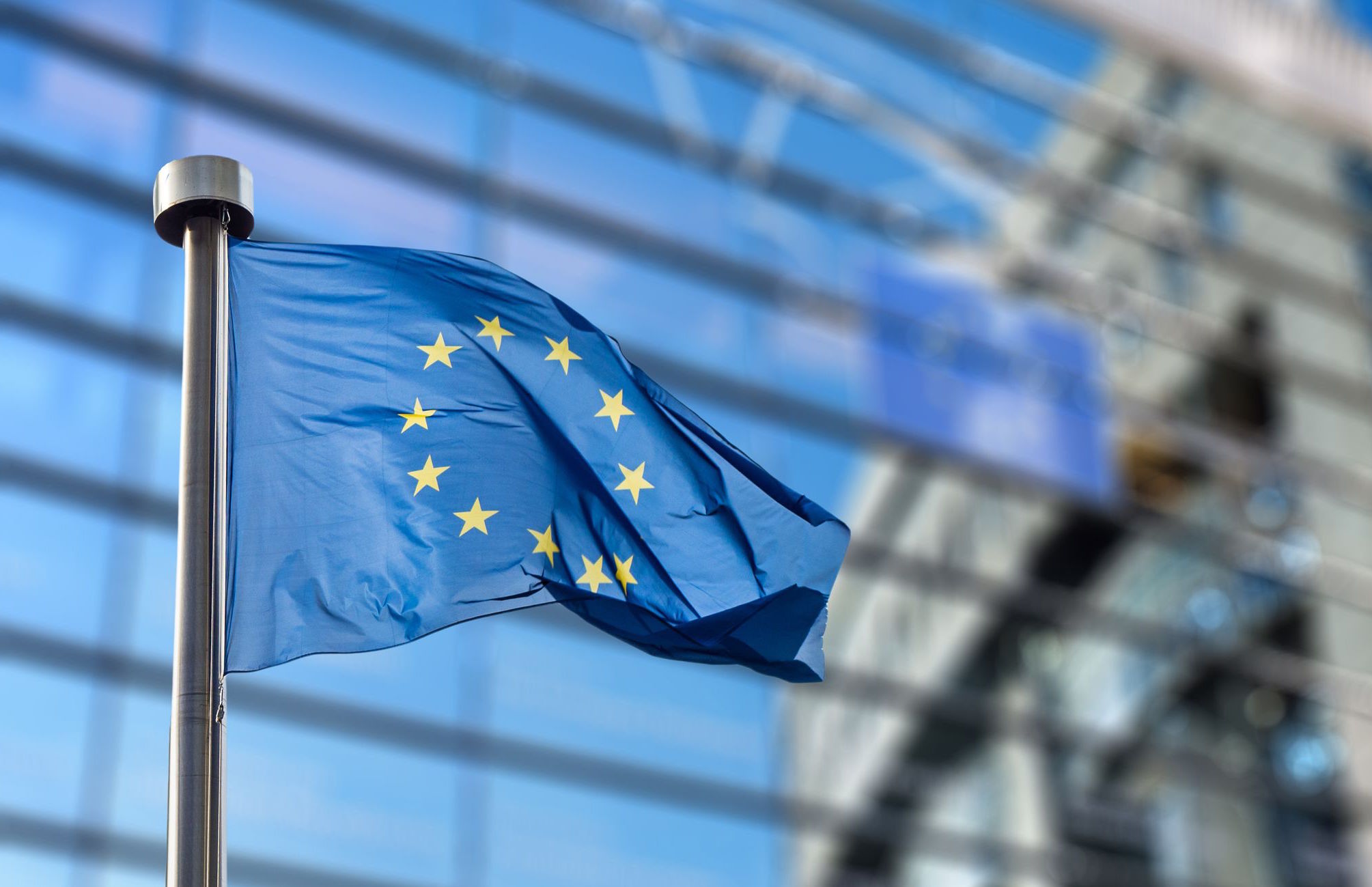
A hard Brexit may require an overhaul of the EU’s rules governing its relationship with non-member states.
Following months of speculation, Theresa May, the new British Prime Minister, recently indicated that Britain would be opting for a sharp break from the European Union (EU)—a “hard Brexit.”
By opting for a hard Brexit, May ruled out softer models of Brexit, which would have allowed Britain to keep some of the benefits of EU membership—such as participation in the EU’s single market for goods and services—and avoid a radical overhaul of how Britain trades with EU member states. Eilis Ferran, a professor at the University of Cambridge argues in a new paper that if a hard Brexit happens, economic self-interest should prompt the EU to reform its rules by streamlining the current complex rules regulating its interaction with non-member states. She also says that the EU’s equivalence system is likely to be expanded following Britain’s exit. The equivalence system allows the European Commission to deem a non-EU member state’s regulatory regime to be equivalent to the EU regime.
Ferran notes that the EU has been inching closer to a system of regulatory equivalence for non-EU member states. This system could form the basis for Britain’s future interaction with the EU after a hard Brexit. The difficulty of managing a hard Brexit would, in this way, push the EU towards reform of how non-EU member states gain access to the EU’s single market.
In practice, a finding of equivalence means that the EU will recognize that the non-EU member state imposes regulatory rules of an equal—if different—standard to EU law. Most of the EU’s recent financial services regulations provide a mechanism for a finding of equivalence. The effect is to make it much easier for non-EU members to operate in the EU’s single market—a single territory without any borders or regulatory hurdles to the free movement of goods and services across the countries of the EU.
The use of equivalence, however, remains quite rare. Ferran notes that the current EU rules regulating equivalence for non-EU member states are a “hotchpotch.” She says this is partly explained by the need to tailor rules to the specific requirements of the many complex areas of financial regulation. But the rules applicable to non-EU member states lack coherence generally—a problem made worse in recent times by political tensions caused by the euro zone crisis, where high government debt and insufficient domestic monetary control severely destabilized the economies of many EU member states including Greece, Spain, Italy, and Ireland.
Ironically, as Ferran points out, much of the incoherence in the EU’s approach in this area is the result of compromises Britain struck with France and Germany over the direction of EU policy.
Despite the move towards an equivalence system for non-EU member states, Ferran acknowledges the political risk that individual member states and the EU institutions may adopt a protectionist response to the first exit of a member state. A desire to shore up the interests of member states and discourage others from leaving the single market could undermine efforts to further develop the equivalence regime for non-member states.
But Ferran identifies a number of strong considerations, which, she says, should act as a counterweight to protectionism in the EU and push the EU towards reform. The EU economy remains sluggish, and the negative economic effects of protectionism should discourage a move away from its current status as an open, international financial market. A protectionist response would also run counter to the EU’s stated policy of strengthening its standing in international finance.
Ferran also notes that the EU’s supervisory authorities, which are responsible for operating the equivalence regime, are not motivated by political agendas. The technocratic approach of these authorities may help to keep this area of policy from becoming overly motivated by political considerations.
Given that Britain’s financial services industry is currently regulated by EU law, Ferran emphasizes that it should not be difficult to pass an equivalence test in the immediate aftermath of a hard Brexit. Equivalence would, however, limit the extent to which Britain could introduce regulatory reforms of its own since, as Ferran says, any change from EU law would make passing the EU’s equivalence test more difficult.
Part of the motivation for a hard Brexit is the desire to take back control over areas of public policy that are regulated heavily by the EU. Ferran notes that realizing this ambition may be difficult, particularly while maintaining London’s stability as a global financial center.
Ferran argues that, after the financial crisis, there is a new understanding that financial services providers operating on an international level have the capacity to negatively impact and contaminate each other. There is also an increasing influence from international bodies, such as the Basel Committee and the International Organization of Securities Commission, which set common international regulatory standards.
Ferran argues that that this global interdependence and move towards common regulatory standards give both Britain and the EU an interest in creating a functioning system of financial services regulation that would accommodate the needs of both parties. For that reason, a hard Brexit may spur the EU to create a unified regime for the treatment of non-EU members.
It remains to be seen whether economic self-interest—leading to easier access to the single market for non-EU members—or political pressure—possibly leading to protectionism—will win out.



